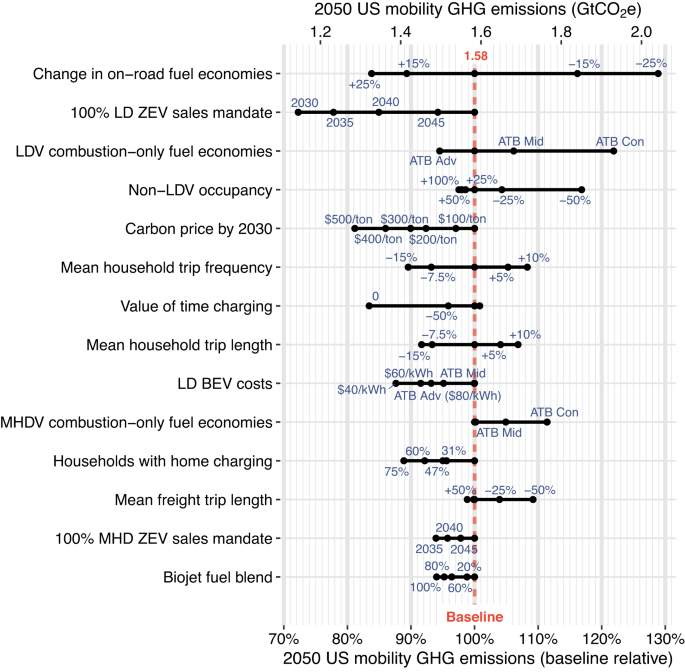2023-11-01 ハーバード大学
◆研究チームは、水銀排出の正確な推定に使用する新しい方法を開発し、火山活動による水銀排出を再建しました。結果として、人間の水銀排出が始まる前の大気中の水銀濃度は、従来の研究よりもはるかに低いことが示されました。
◆人間による水銀排出は、火力発電所、廃棄物焼却、産業、採鉱などによって増加しており、水銀は生態系において蓄積され、人間の健康にも影響を及ぼす可能性があります。この研究は、環境政策の基準設定に役立つ情報を提供し、水銀排出の削減が重要であることを強調しています。
<関連情報>
- https://seas.harvard.edu/news/2023/11/human-emissions-increased-mercury-atmosphere-sevenfold
- https://agupubs.onlinelibrary.wiley.com/doi/full/10.1029/2023GL104667
世界の生物地球化学的水銀サイクルに対する火山噴出物の影響: 衛星観測と化学輸送モデリングからの洞察 Impacts of Volcanic Emissions on the Global Biogeochemical Mercury Cycle: Insights From Satellite Observations and Chemical Transport Modeling
Benjamin M. Geyman, Colin P. Thackray, Daniel J. Jacob, Elsie M. Sunderland
Geophysical Research Letters Published: 01 November 2023
DOI:https://doi.org/10.1029/2023GL104667

Abstract
Volcanism is the largest natural source of mercury (Hg) to the biosphere. However, past Hg emission estimates have varied by three orders of magnitude. Here, we present an updated central estimate and interquartile range (232 Mg a−1; IQR: 170–336 Mg a−1) for modern volcanic Hg emissions based on advances in satellite remote sensing of sulfur dioxide (SO2) and an improved method for considering uncertainty in Hg:SO2 emissions ratios. Atmospheric modeling shows the influence of volcanic Hg on surface atmospheric concentrations in the extratropical Northern Hemisphere is 1.8 times higher than in the Southern Hemisphere. Spatiotemporal variability in volcanic Hg emissions may obscure atmospheric trends forced by anthropogenic emissions at some locations. This should be considered when selecting monitoring sites to inform global regulatory actions. Volcanic emission estimates from this work suggest the pre-anthropogenic global atmospheric Hg reservoir was 580 Mg, 7-fold lower than in 2015 (4,000 Mg).
Key Points
- Volcanic mercury emissions of 232 Mg a−1 (IQR: 170–336 Mg a−1) are estimated by indexing to sulfur dioxide from satellite remote sensing
- Over 90% of volcanic mercury emissions occur in the tropics and mid-latitude Northern Hemisphere
- Volcanic emissions support a pre-anthropogenic atmospheric mercury reservoir of approximately 580 Mg (7-fold lower than in 2015)
Plain Language Summary
Volcanism is widely recognized as the most important natural source of mercury (Hg) globally, but existing emissions estimates contain substantial uncertainty. This study combines satellite observations of sulfur dioxide (SO2) in volcanic plumes and measured Hg:SO2 ratios to quantify the magnitude and spatiotemporal variability of global volcanic Hg emissions. Using a global model, we show that the spatial pattern of volcanic releases and atmospheric dynamics result in greater concentrations of volcanic Hg in the mid-latitude Northern Hemisphere compared to the mid-latitude Southern Hemisphere. Modeling results suggest that variability in volcanic Hg emissions at some locations may obscure trends in atmospheric Hg concentrations driven by human emissions. The influence of volcanic Hg emissions should therefore be considered during selection of global monitoring sites used to track the progress of regulatory actions designed to mitigate Hg pollution. Volcanic release estimates from this work suggest the natural atmospheric Hg reservoir was ∼7 times smaller than in 2015, reinforcing that humans have profoundly disrupted the global biogeochemical Hg cycle.



